Order Passeriformes Higher classification Cinnyris | Phylum Chordata Family Nectariniidae Scientific name Cinnyris osea Rank Species | |
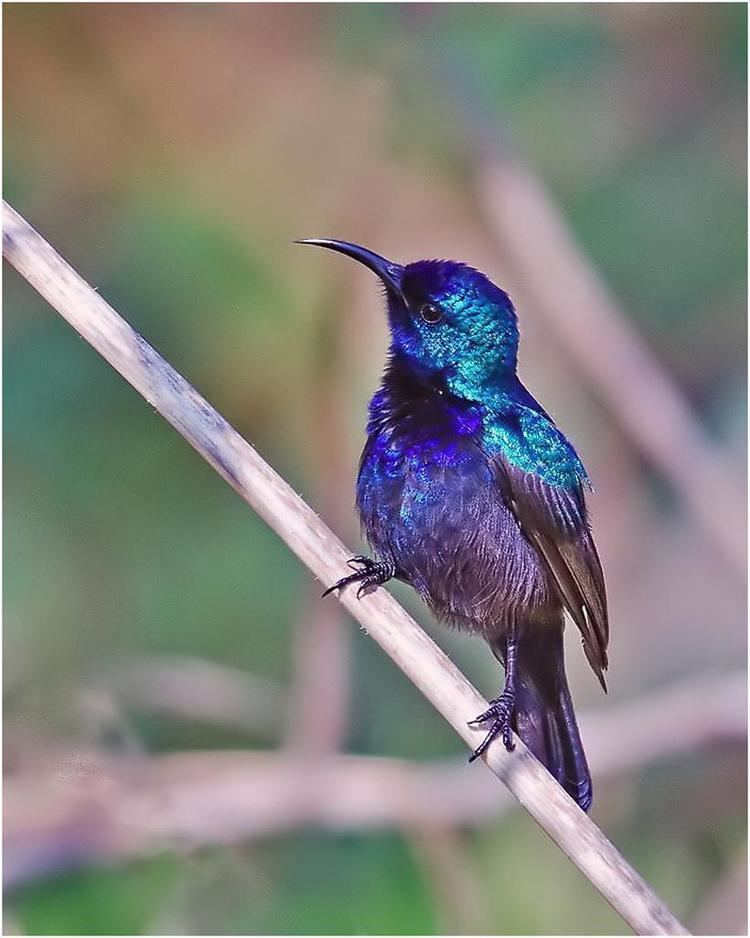 | ||
Similar Bird, Sunbird, Cinnyris, Nectarinia, Orange‑tufted sunbird | ||
Palestine sunbird foraging song call judean desert
The Palestine sunbird or northern orange-tufted sunbird (Cinnyris osea) is a small passerine bird of the sunbird family which is found in parts of the Middle East and Sub-Saharan Africa. It is also known as orange-tufted sunbird, a name which is also used for the similar orange-tufted sunbird (Cinnyris bouvieri), found further south in Africa.
Contents
- Palestine sunbird foraging song call judean desert
- Cinnyris oseus palestine sunbird
- Description
- Habitat and range
- Feeding
- Reproduction
- References
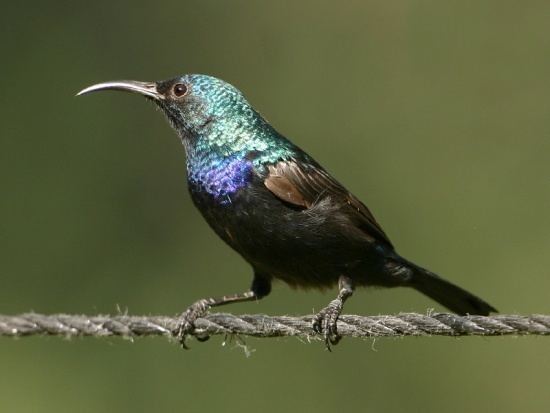
Cinnyris oseus palestine sunbird
Description
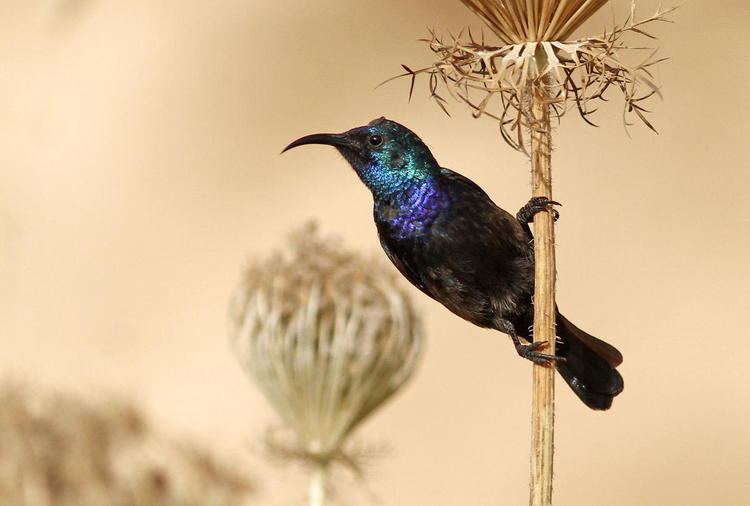
The Palestine sunbird is 8 to 12 cm long with a wingspan of 14 to 16 cm. Males have an average weight of 7.6 g and females weigh around 6.8 g. The bill is fairly long, black and curves downwards. The plumage of breeding males is mostly dark but appears glossy blue or green in the light. There are orange tufts at the sides of the breast which are hard to see except at close range. Females and juveniles are grey-brown above with pale underparts. Non-breeding males are similar but may retain some dark feathers.
It has a high, fast, jingling song and various calls including a harsh alarm call.
Habitat and range
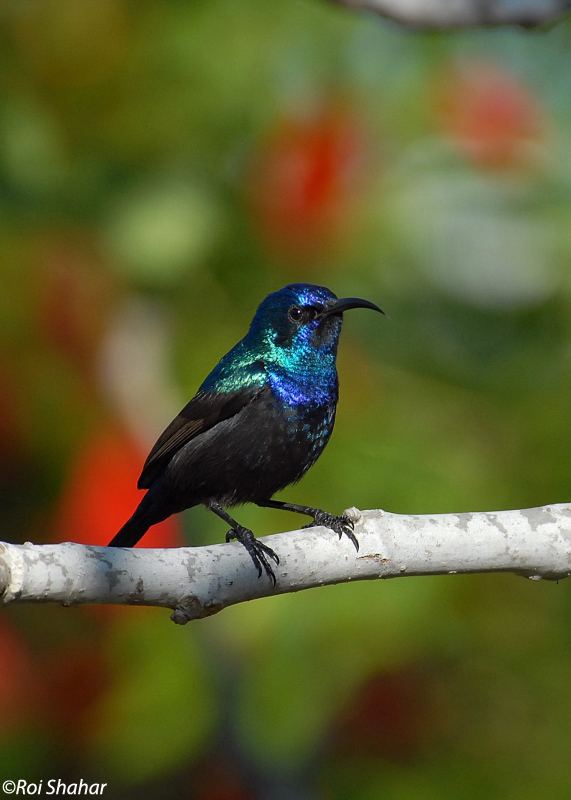
It occurs in areas with high temperatures and dry climate from sea-level up to an altitude of 3200 m. It inhabits dry woodland, scrub, wadis, savannas, orchards and gardens. It is common in towns in some areas, and is a familiar sight in Tel Aviv.
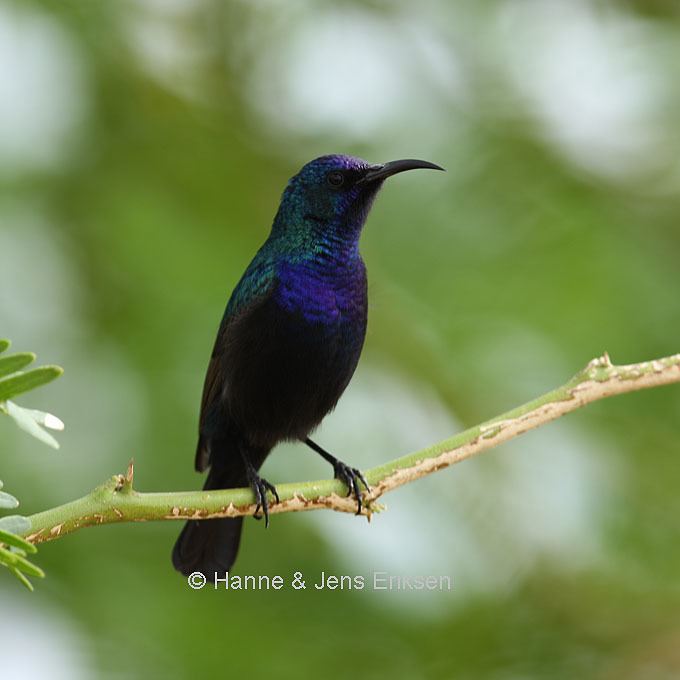
The Middle Eastern subspecies C. o. oseus breeds from Israel, the Palestinian territories and Jordan in the north, down through western Saudi Arabia to Yemen and Oman in the south. In recent decades it has colonized the Sinai Peninsula in Egypt. Some birds reach Lebanon and Syria in winter and it has bred in Lebanon. It has been suggested as a possible national bird of Palestine in the future. On 5 April 2016 the Ministry of Environmental Affairs (Palestine) had adopted 'Sawsan Gilboa' (Iris haynei) as the national plant of the State of Palestine, to go with the Olive tree (as the national tree), Sunbird (national bird) and the 5th of March to be the national day for the Palestinian environment.
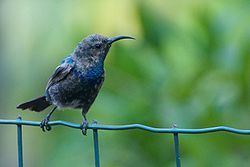
The African subspecies C. o. decorsei is found very locally in parts of Sudan, north-west Uganda, the Central African Republic, north-east Democratic Republic of Congo and northern Cameroon.
Feeding
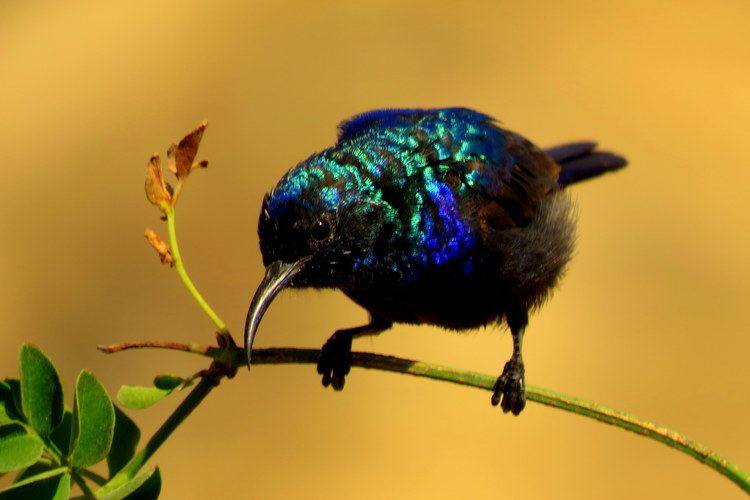
The diet consists mainly of insects and nectar. The tongue is long and brush-tipped to extract nectar from flowers. The birds usually feed while perched beside a flower but they are also capable of hovering.
Reproduction
The purse-like nest hangs from a branch in a tree or bush. It is 18 cm long and 8 cm wide at the base. It is made of leaves, grass and other plant material which is bound together with hair and spider webs and lined with wool and feathers. One to three smooth, glossy eggs are laid. These are somewhat variable in colour; often white or grey with faint markings at the broader end. They are incubated for 13 to 14 days. The young are downy with an orange-red mouth and fledge after 14 to 21 days.
